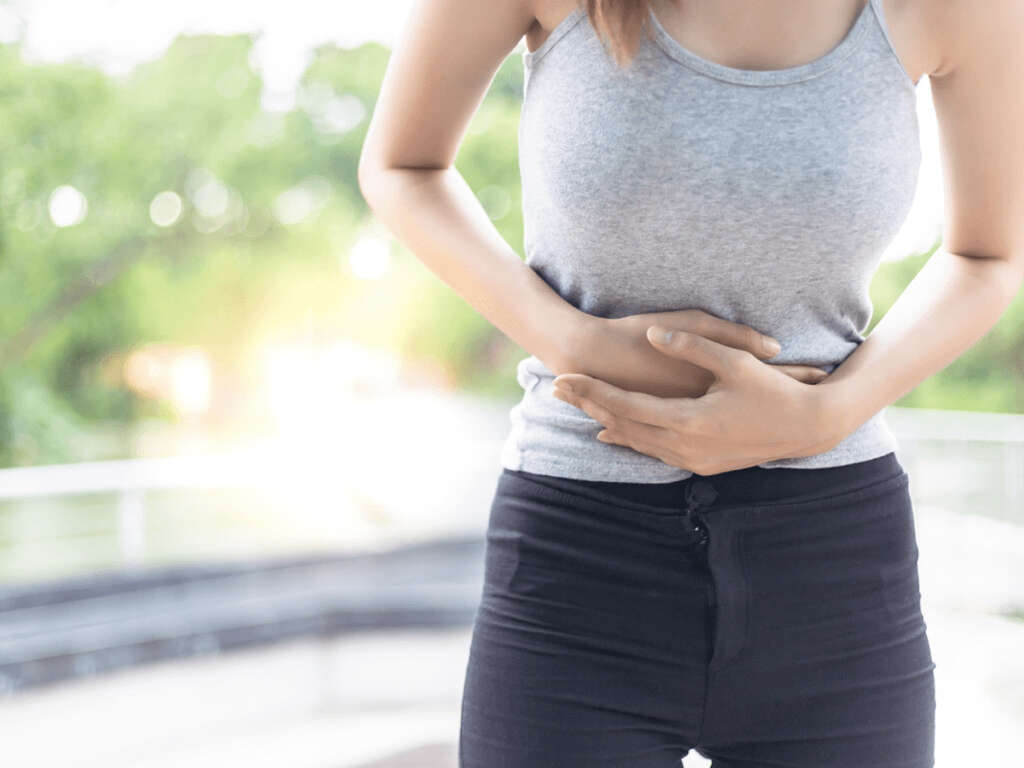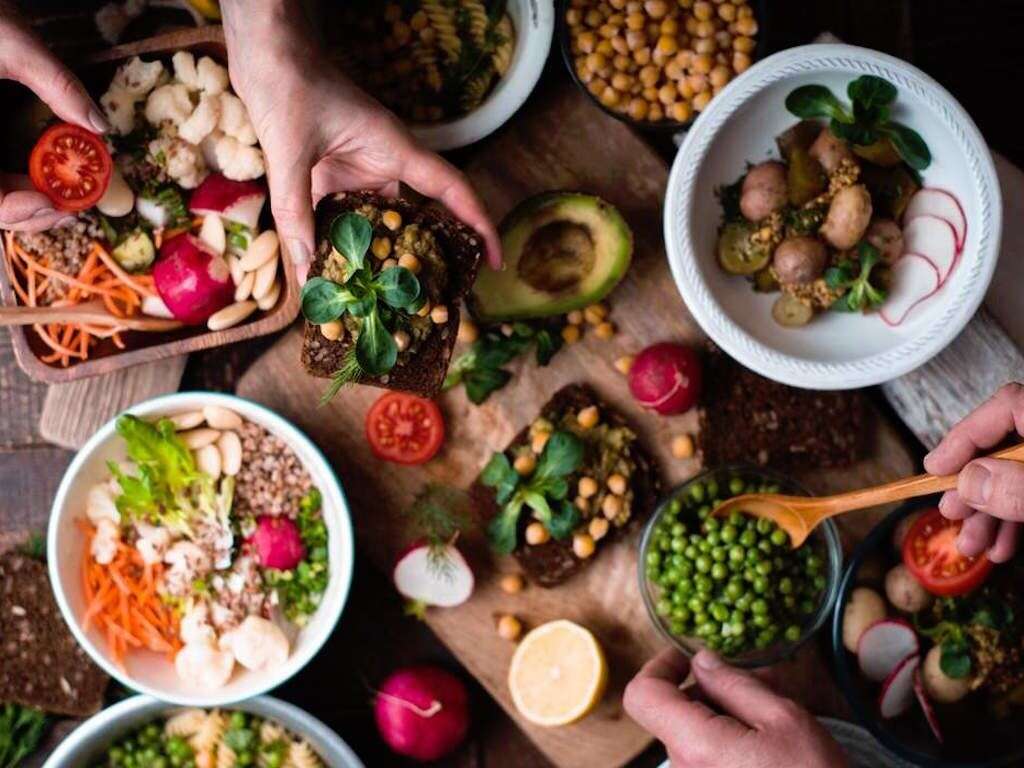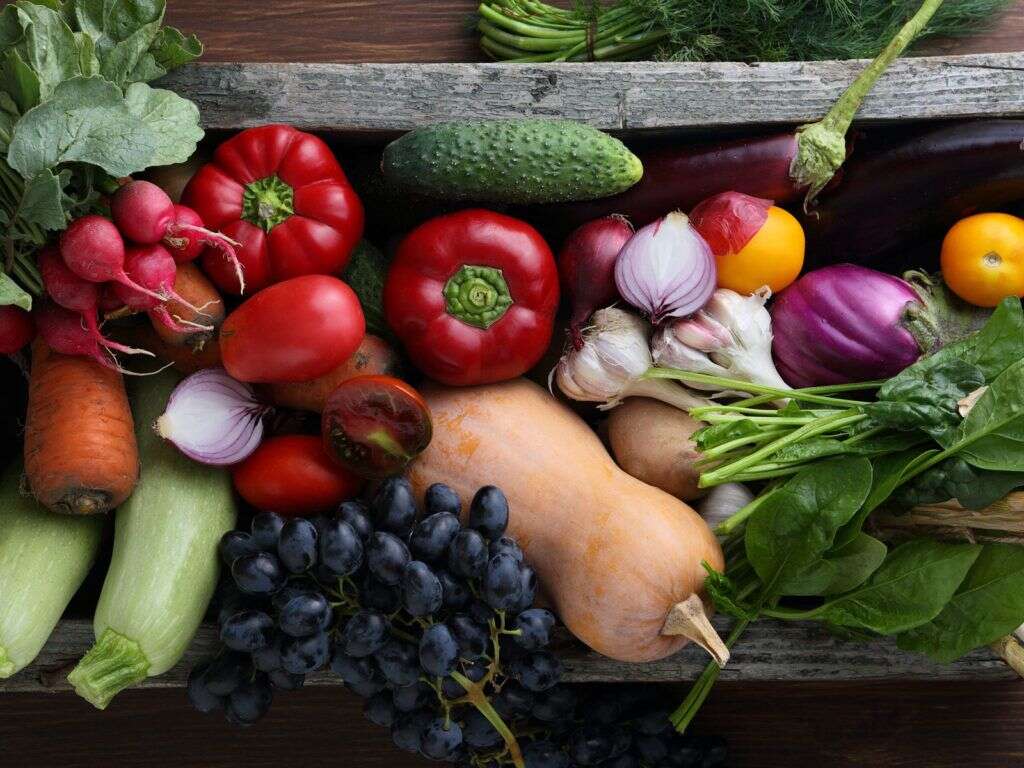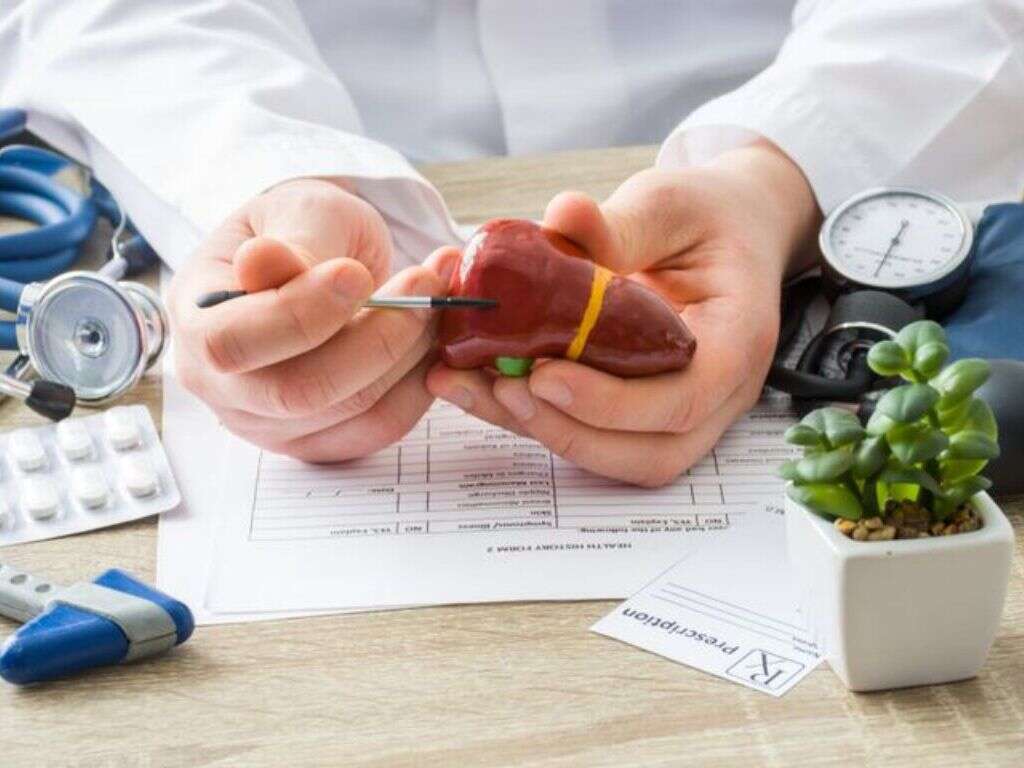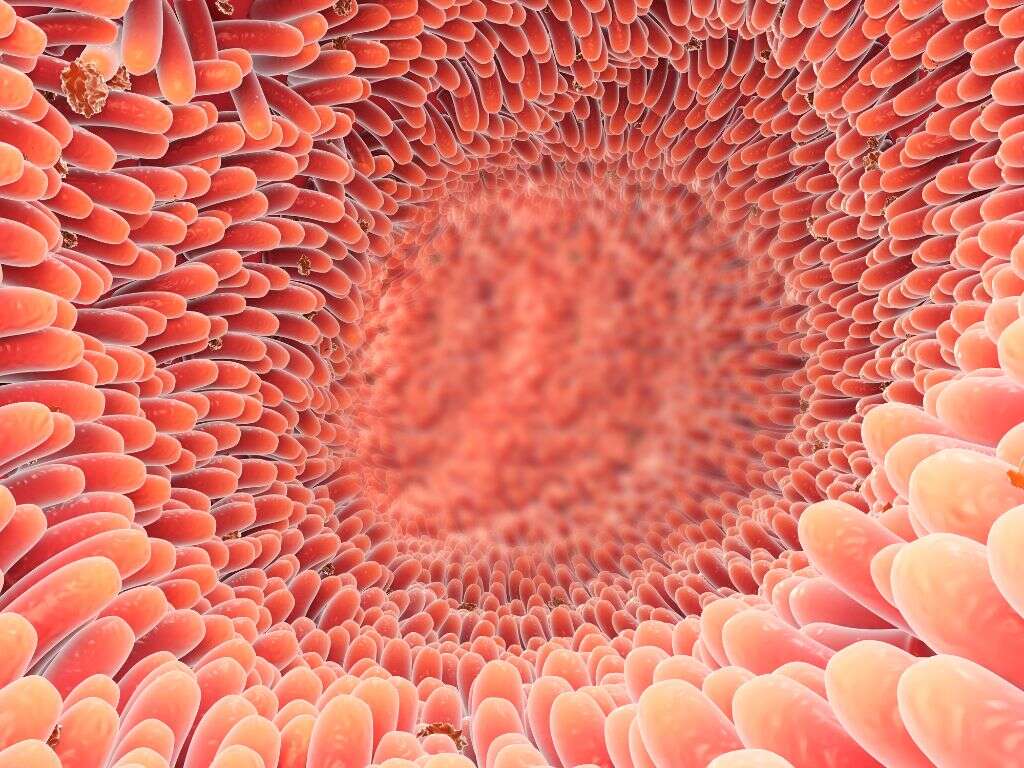10 Symptoms of Cholecystitis
The gallbladder is an organ that stores bile, ready to be released into the small intestine when it is needed. Bile helps us to break down lipids, so it is an important ingredient of our digestive system. If something was to happen to the gallbladder then it can disrupt the digestive system considerably.
Cholecystitis is an inflammation of the gallbladder. It can be caused by various things, including a tumor, infections, and gallstones.
Cholecystitis will lead to a range of symptoms, ranging from uncomfortable to potentially dangerous. Depending on the cause, it can usually be treated without too much difficulty but it should not be treated with complacency.
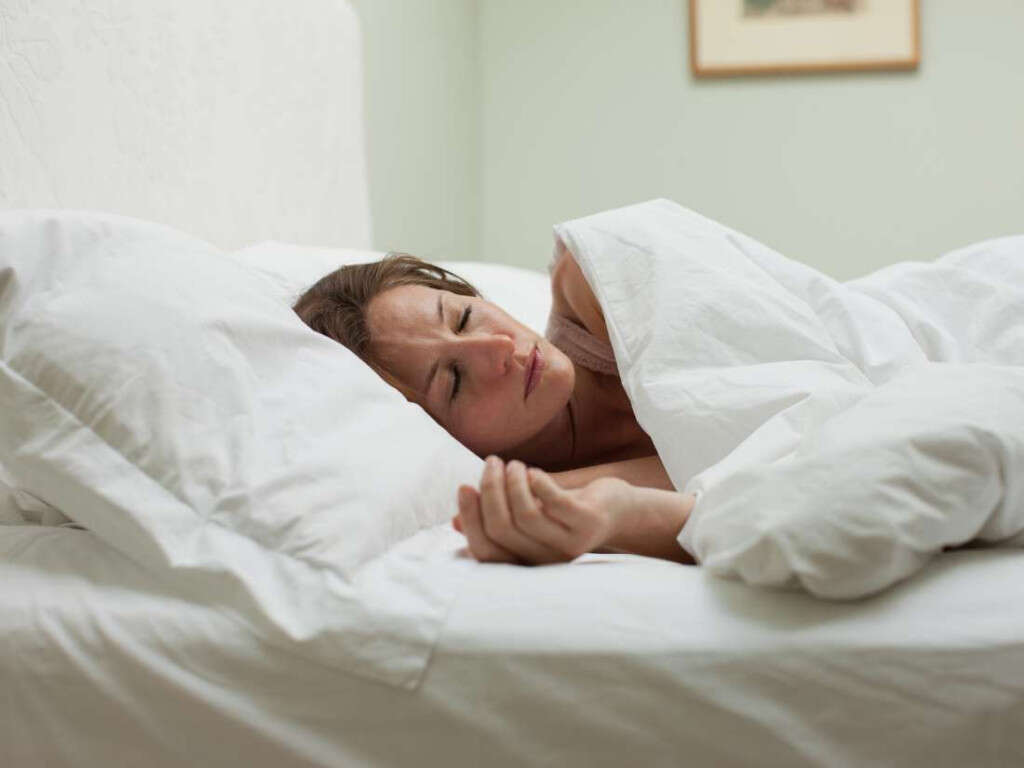
Symptom #1: Fever
A fever is a very common symptom that is associated with a wide range of illnesses. It is caused when the body raises its temperature in order to make it an inhospitable place for pathogens. It is not necessarily something to be concerned about but can be the sign of something potentially serious.
One symptom of cholecystitis is a fever. The presence of a fever can indicate that the problem is being caused by an infection, which the body is trying to fight. You should arrange to speak with a doctor if a fever persists, if you have not done so already.
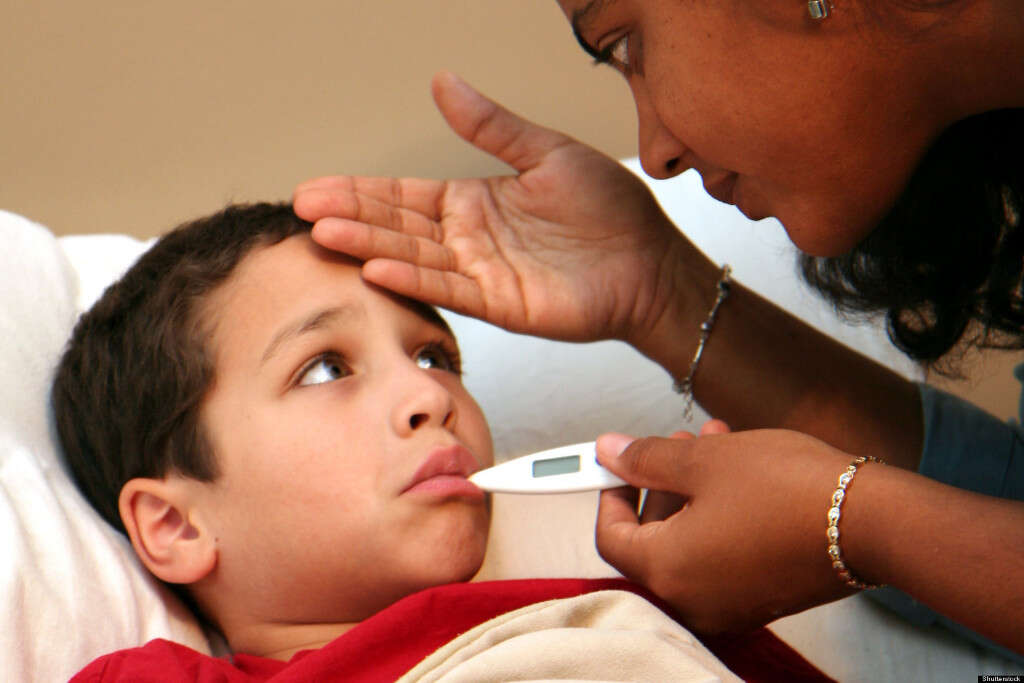
Symptom #2: Chills
If you have a fever then there’s a very good chance that you will also have chills. This is because the two symptoms are both part of the same response, which is raising the temperature of the body. The body adjusts its internal thermostat to make us feel cold, which results in the chills. This causes the body to heat itself up, which causes the fever.
Again the presence of chills alongside cholecystitis suggests that it is being caused by an infection. While the chills may be uncomfortable, they are not usually something to worry about alone. If somebody does have chills and a fever, they should still be observed in case the fever becomes too high.

Symptom #3: Nausea
Nausea is generally described as a sensation of wanting to vomit. It can also include some degree of discomfort in the stomach area. It can be caused by a huge range of factors, from serious illnesses to experiencing something unsettling. Nausea is also a fairly common symptom of cholecystitis.
One positive of nausea is that it is difficult to bear, meaning we are inclined to seek professional help to stop it. This can encourage us to go to a doctor whereas we are likely to try and ignore a lot of other symptoms. If you are experiencing nausea that will not go away, you should always arrange to speak with a doctor regardless of the suspected cause.
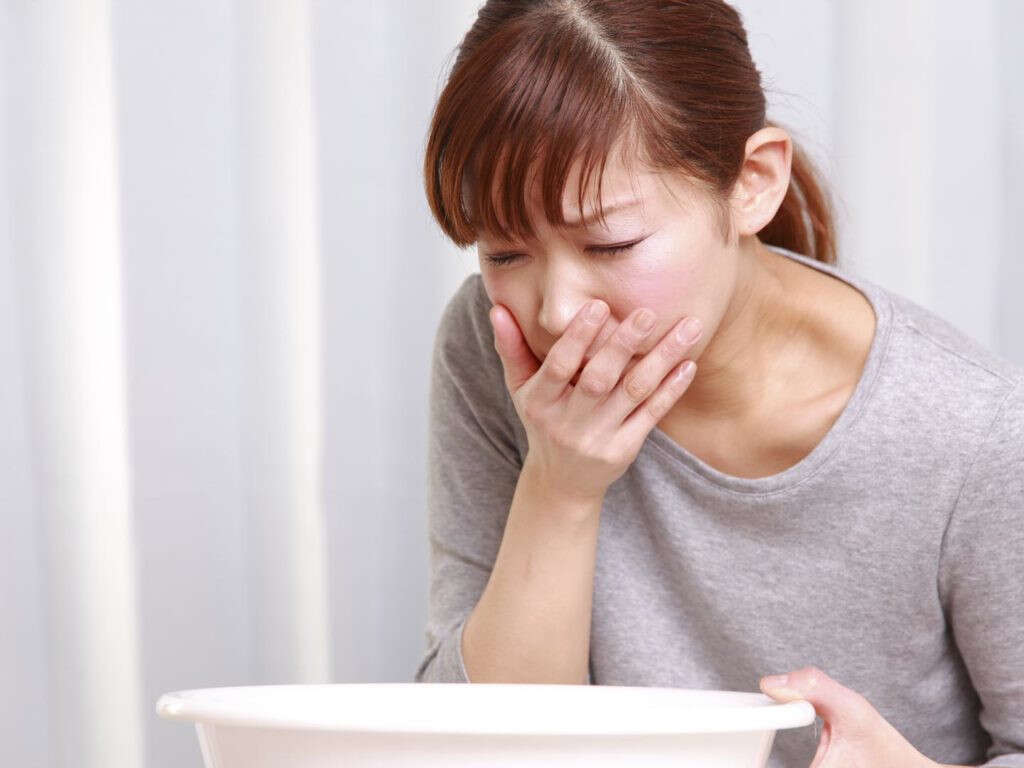
Symptom #4: Vomiting
While nausea may be the urge to vomit, it does not always result in physically vomiting. This means that vomiting is often considered a separate symptom, and it comes with complications of its own. It can be a very unpleasant symptom, potentially causing discomfort and pain in the stomach, torso, and throat.
Along with nausea, vomiting is a potential symptom of cholecystitis. Excessive vomiting can cause the patient to become malnourished and dehydrated as they are unable to keep food and liquids down for long enough to absorb them. It is a symptom that should warrant seeing a doctor if it persists.
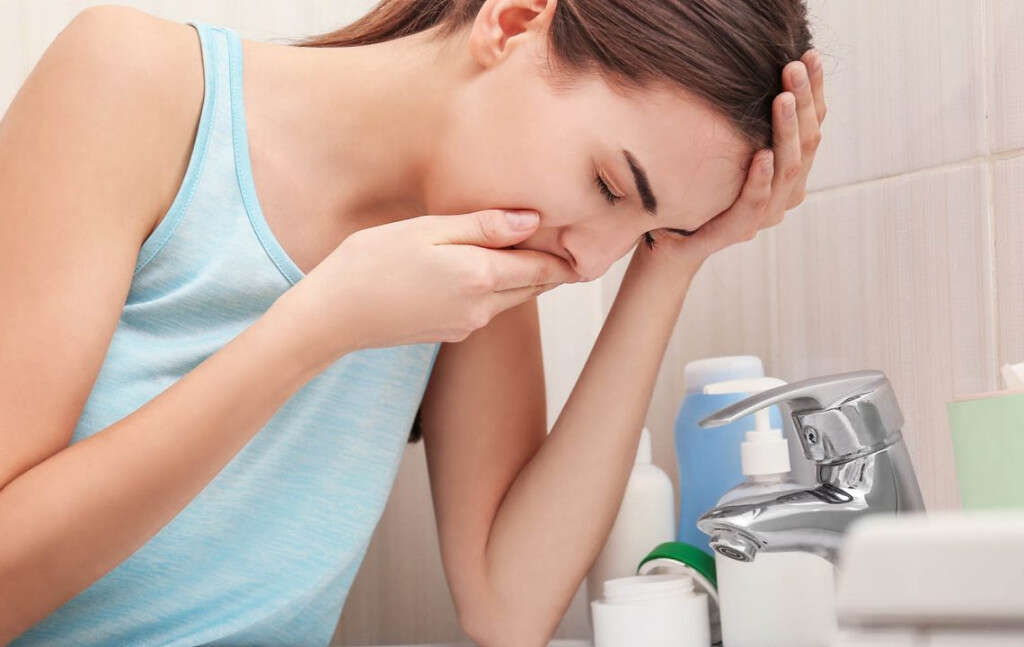
Symptom #5: Abdominal Pain
A pain in the abdomen can be a sign of quite a lot of potential problems. The abdomen is home to numerous organs and other body parts that can develop complications. Sometimes, it could just be a sign that you have overeaten, or eaten something that you should not have.
Patients with cholecystitis will often complain of a pain in the abdomen area. The pain can be severe and it is often described as being either a sharp or dull pain. Problems with the abdomen can be serious, so you should make sure you get it checked out as soon as possible if the symptoms persist.
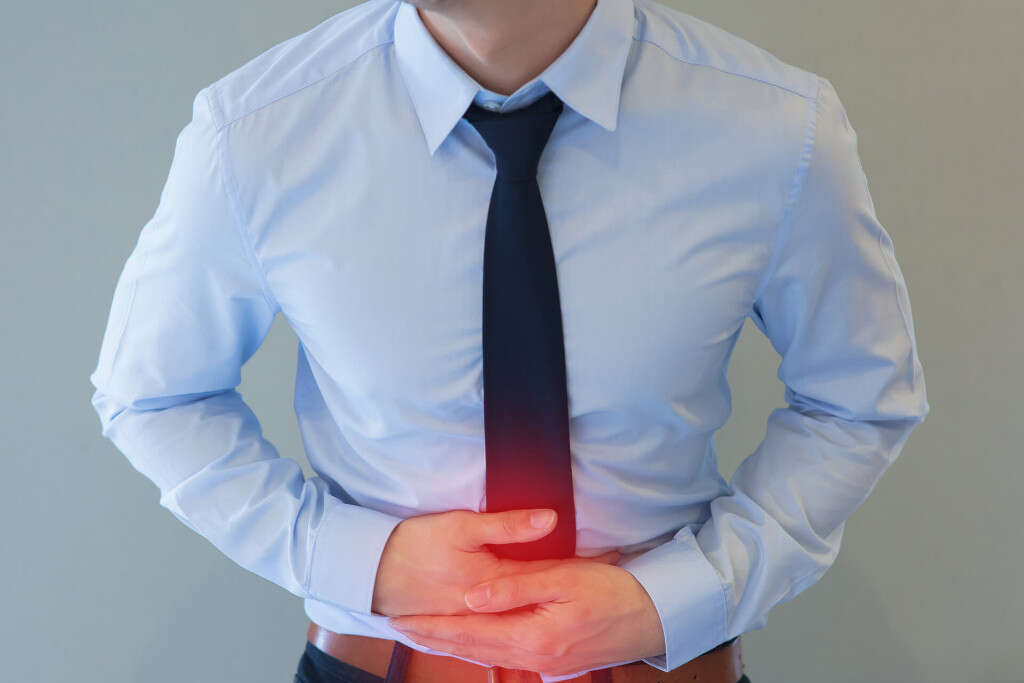
Symptom #6: Bloating
Eat enough and you will feel as though you are full. That will probably be because you are full as the stomach only has so much capacity to store food. Added to this, any gassy drinks you have consumed can add to the problem, in addition to the gases that are produced as a result of digesting your food.
Cholecystitis can cause bloating. It can cause the patient to feel full and bloated even when they have not eaten for a while. This can be uncomfortable and make them not feel like eating even when they should be feeling hungry. Excessive bloating can be the result of a wide range of causes and should be checked out.
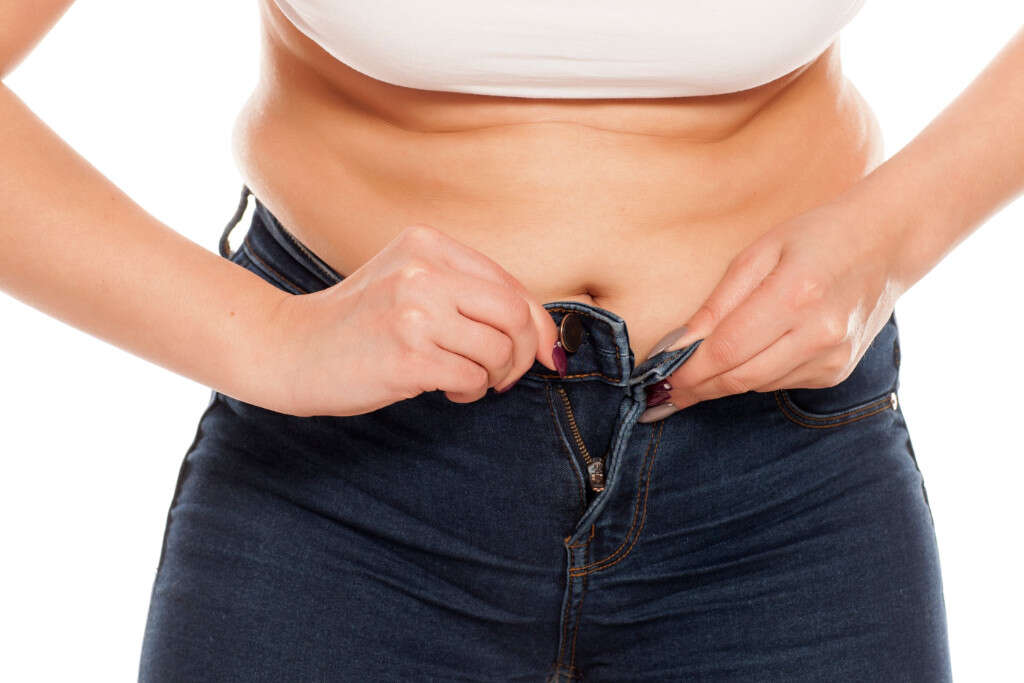
Symptom #7: Itching
Itching is often a very irritating symptom that can be very difficult to ignore. It can leave us scratching for hours on end, potentially causing us to rip and tear at our skin with our nails. If it is severe and you are not sure of the cause then it is something that should prompt you to see a doctor to find out what is causing it.
Cholecystitis can lead to an increase in various chemicals being released into the bloodstream. These chemicals can be very irritating to us, causing us to itch from the inside. The symptoms should pass once the condition causing them has been treated successfully.

Symptom #8: Back Pain
Problems in the abdomen area are often notoriously painful. They can leave the patient curled up in agony, pleading for help in making the pain go away. As if that is not bad enough, the pain can sometimes begin to spread to other parts of the body.
Patients with cholecystitis will sometimes find that the pain they are experiencing will spread to their back. It can also spread further, sometimes as far as just below the right shoulder blade. That the pain can affect the right shoulder specifically can help doctors to reach an initial diagnosis in some cases.
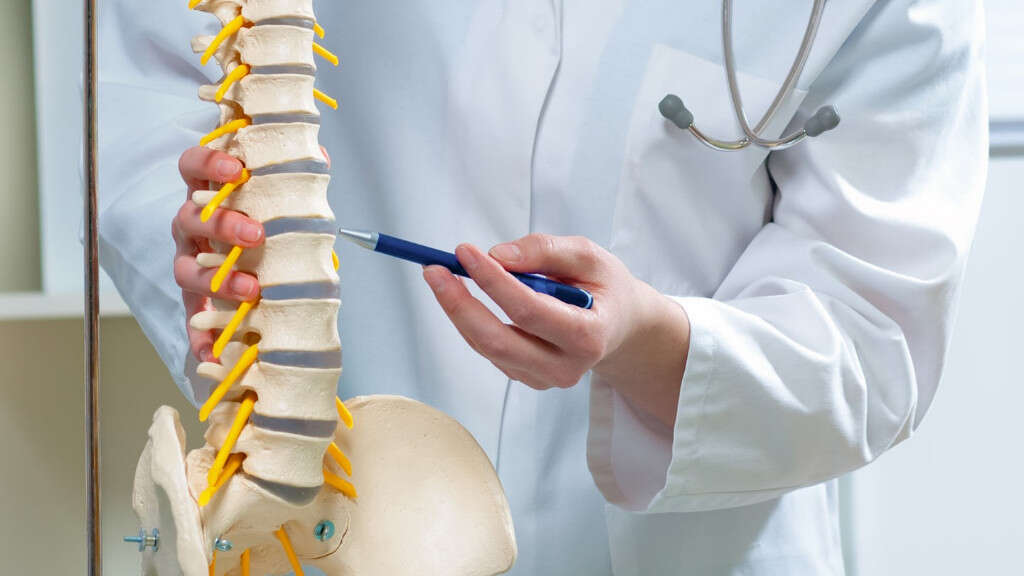
Symptom #9: Abnormal Stools
We would normally scoff at the idea of looking closely at our stools, but it really is quite a good idea. Put the unpleasantness aside and you will find that they can tell you a lot about your overall health. If you know what you are looking for, inspecting your stools could even help you to diagnosis an illness early.
Patients with cholecystitis will often find that their stools are clay-like and light in color. This is something that you should remember to tell your doctor if you arrange an appointment with them because it can be very useful information.
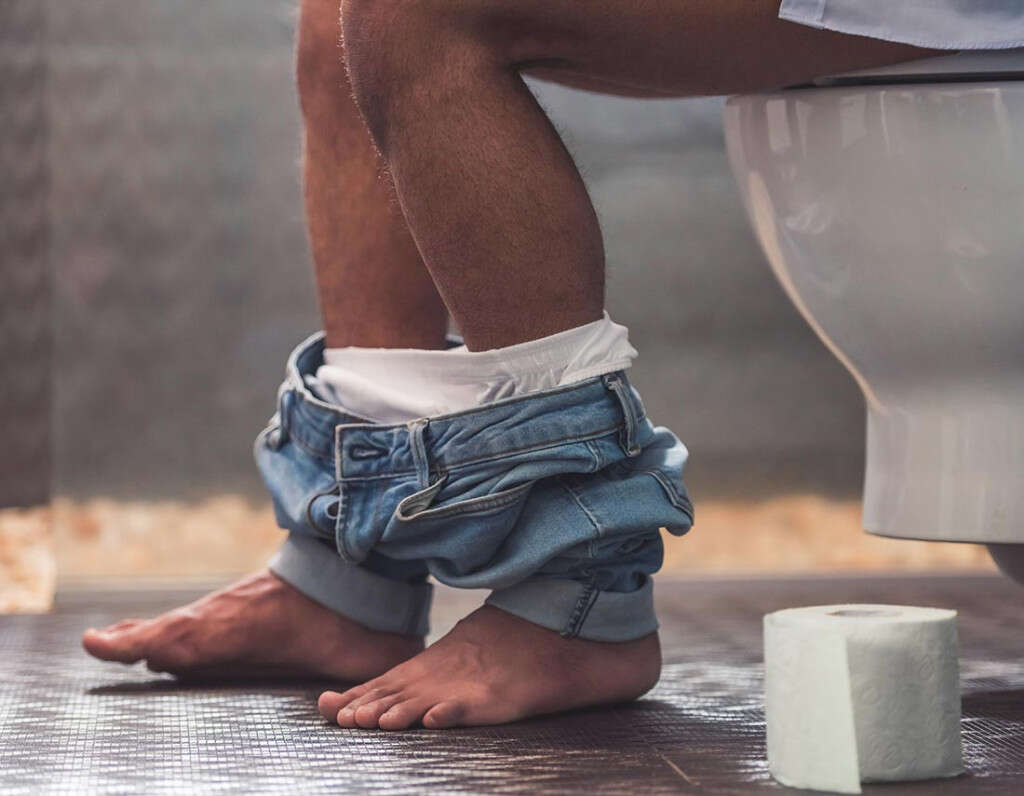
Symptom #10: Jaundice
Jaundice is a condition that causes us to become yellow in color. It will affect our skin and our eyes and can be very noticeable, helping doctors to reach a quick diagnosis. It is caused by the presence in the blood of a compound known as bilirubin, which itself is yellow-orange in color.
Jaundice can be caused by a number of things, including cholecystitis. Bilirubin is found in bile, and when the gallbladder is affected, it can cause bilirubin to leak out into the bloodstream. Jaundice is not necessarily dangerous in itself, but it is often a sign of something that is potentially harmful to you.





